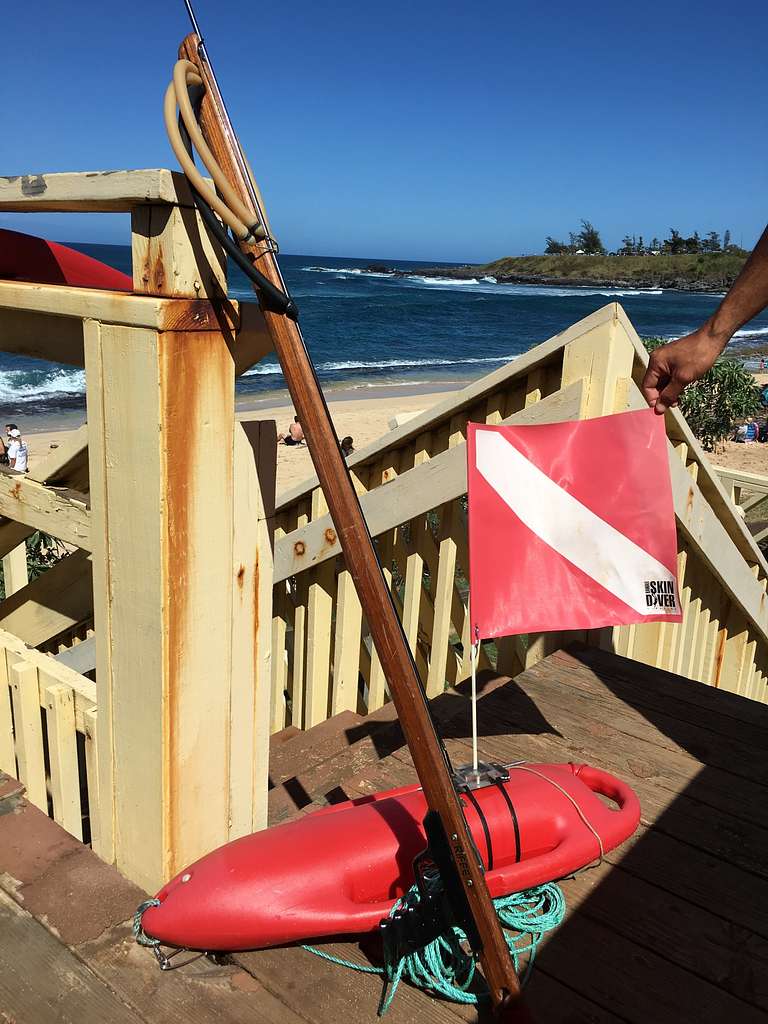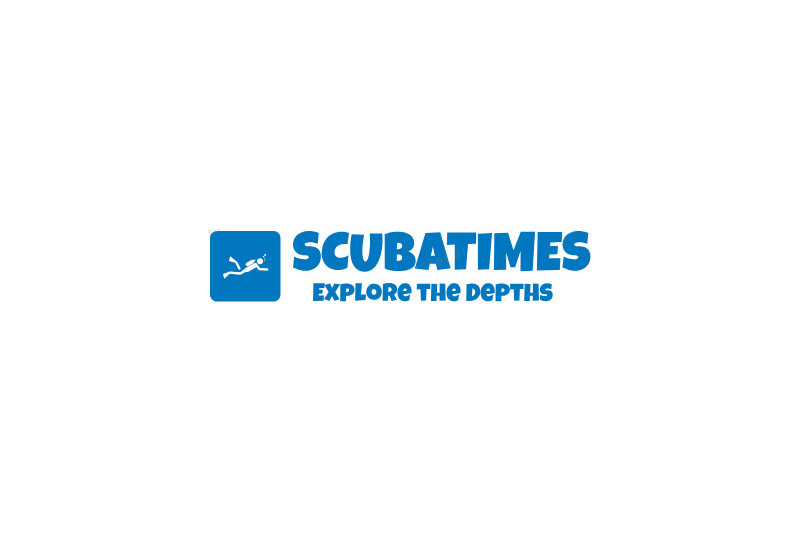A dive float is a surface marker system essential for aquanauts and freedivers, indicating their location and providing topside support.
The setup combines a surface marker buoy (SMB), downline, and safety equipment to maintain clear communication between submerged divers and their surface team.
Key Takeaways
- Attach the surface marker buoy (SMB) to your BCD or gear using marine-rated lanyards and double-ended bolt snaps.
- Deploy the float via your octopus or integrated inflation system before water entry to establish topside reference.
- Maintain the dive flag at surface level with sufficient downline scope matching your planned depth profile.
- Track the SMB’s trajectory during bottom time to avoid line wraps and ensure clear ascent path.
- Deploy high-viz floats with neutral trim for optimal surface signaling to passing watercraft and buddy teams.
Essential Components of a Dive Float System
A dive float system’s core elements ensure surface marking and gear hauling capabilities during submersion activities. Divers often need positive buoyancy control to maintain their float at the surface while setting up equipment. The main body utilizes 420D Nylon/Urethane fabric, featuring quick-release dump valves and grab handles for smooth deployment. The rig accepts both oral inflation and standard CO2 cartridges (16-38g), reaching 36 inches at full expansion. Essential attachments include a braided downline and double-ended snap clips for BCD integration or stage bottle securing. A basic SMB (Surface Marker Buoy aka safety sausage) configuration accommodates octopus holders and attachment points for dive slates or reels.
Setting Up your Dive Float for Maximum Safety
Setting up a surface marker buoy (SMB) is essential for dive safety. The setup requires a hi-viz float, descent line, and surface signaling equipment. A secure float line prevents dangerous situations while diving underwater.
Select a streamlined float with D-rings and clip points for gear attachment. Secure marine-grade lines using bowline knots or snap shackles at primary connection points. Install brass swivels at strategic points to prevent line entanglement during ascent or descent.
Rig the float with a regulation dive flag or alpha flag based on local requirements. Adjust reel line length according to planned maximum operating depth (MOD), factoring in current drift and water visibility. For drift dives in blue water, use longer guidelines; for shore dives, maintain shorter tethers.
Regular gear inspection prevents failures – check line integrity, hardware corrosion, and float buoyancy before each dive.
Proper Positioning and Distance Guidelines
A well-deployed SMB (Surface Marker Buoy) requires strategic placement for both topside visibility and subsurface control. The reel line must match target depth plus a safety margin. Maintaining proper breathing control helps stabilize your position while deploying and managing surface markers.
Essential factors for deployment:
- Clear sightlines for surface support and buddy teams
- Reel line capacity suitable for max depth
- Freedom for lateral and vertical mobility
- Quick reference for diver’s whereabouts
Optimal trim and BC adjustment work with marker positioning, helping maintain streamlined form during kicks and finning. Position monitoring prevents off-gassing at incorrect stops while supporting nav throughout the descent.

Emergency Uses and Safety Applications
Floatation aids serve as surface markers beyond basic navigation. SMBs (Surface Marker Buoys) and DSMBs (Delayed Surface Marker Buoys) with dive flags alert vessels to bubble-makers’ locations through hi-viz materials. During safety stops, hard floats provide positive buoyancy and support stations. The bright colors and flags help create safe diving zones for spearfishers in high-traffic waters.
Float lines minimize marine encounters by keeping catch bags separate from divers. In bailout scenarios, marker buoys pinpoint aquanauts’ positions and guide controlled deco stops. The tether assists in equipment retrieval and acts as a reference line, particularly in low-viz conditions or during deep-water penetration.
Best Practices for Different Diving Conditions
Adapting diving techniques to various underwater environments ensures effective buoyancy control and dive execution. Environmental factors directly impact gear configuration and diving approach. Using a reel for line management improves safety and control when deploying surface markers in varying conditions.
Key considerations for dive conditions:
- Set BC inflation levels according to water salinity
- Deploy SMB (surface marker buoy) considering drift and current patterns
- Control trim and streamline position during ascent/descent
- Adjust reel line based on bottom time and viz conditions
Technical considerations:
- Monitor NDL (no-decompression limit) in thermoclines
- Configure stage bottles for deep or wreck penetration
- Set proper weighting for exposure protection (wetsuit/drysuit)
- Plan gas consumption rates for varying depths and exertion levels
These protocols support practical dive planning while maintaining safety standards across dive sites.


